SAN DIEGO SAFARI (Day 6 - part 1)
We left Orange County in the morning and headed south.




Hitting some thick mist.
We made a slight detour in Escondido to visit the Joor Muffler Man who's been standing on this corner since the 1960s. He was undergoing a new paint job so we didn't get to see him in his full splendor. Joor Muffler Service has been in business since 1931.




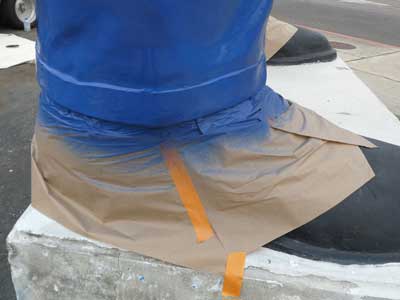

Then it was on to the San Diego Zoo Safari Park!
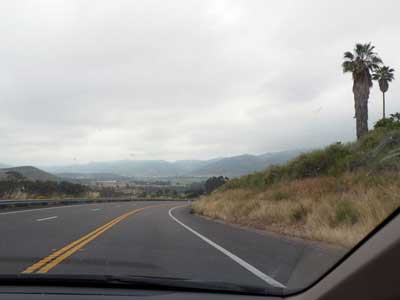


Originally named the San Diego Wild Animal Park which opened in 1972, it served as a species conservation and breeding facility for the San Diego Zoo. It differed from typical zoos in that the animals were able to roam in a large, natural environment. Its name was changed in 2010. The 1,800 acre zoo is home to more than 3,000 animals (representing roughly 300 species, including endangered animals) from Africa, Asia, Europe, the Americas and Australia. It has the largest collection of hoofed mammals in the world. It also contains some 3,500 plant species.

Click for a larger view

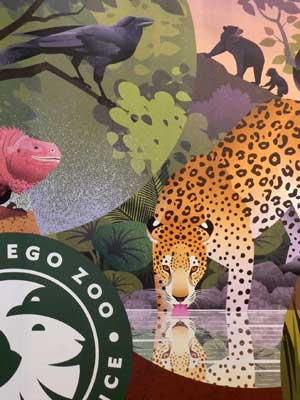





The first section we decided to explore was Walkabout Australia.
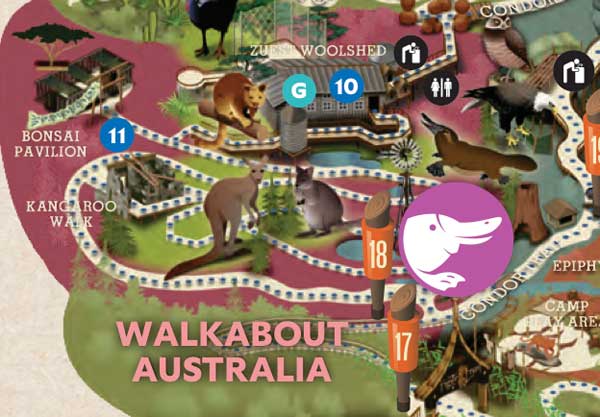
Walkabout Australia covers 3.6 acres.




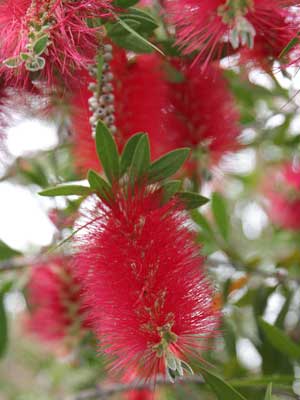

A bottlebrush blossom is made up of many tiny flowers along a stalk. We're actually seeing the stamens since the petals are hidden beneath.

The nectar is an important source of food for birds, insects and even some mammals.


A large pen filled with kangaroos!

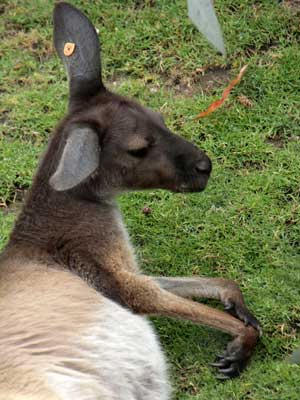
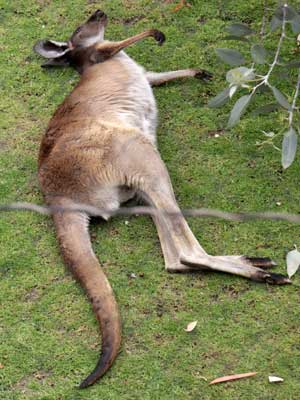

Rolling and rubbing on the rough grass




Lazy roos!
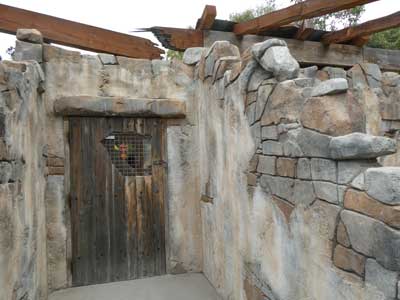

It turns out we were actually allowed INSIDE their enclosure as well!
Both wallabies and kangaroos are a type of marsupial called a macropod (meaning big foot). In general, "kangaroo" refers to the largest ones. Most of the other 40+ species are called wallabies. There are also 6 species of pademelons, 3 of walleroos and one quokka.


We've all heard of kangaroos and wallabies ... but oh my gosh are these other family members SUPER adorable!


(right) A Radjah Shelduck
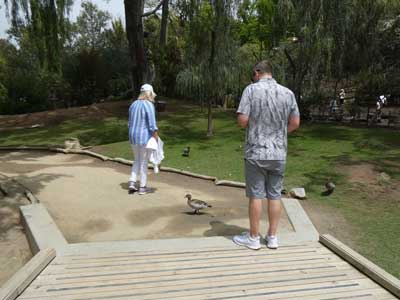

(right) In blatant defiance of the Stay On Path stone
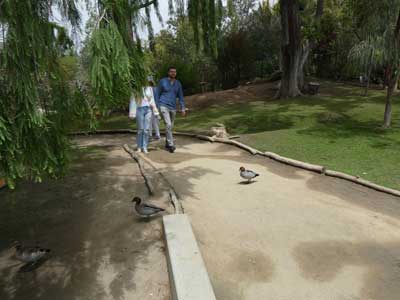
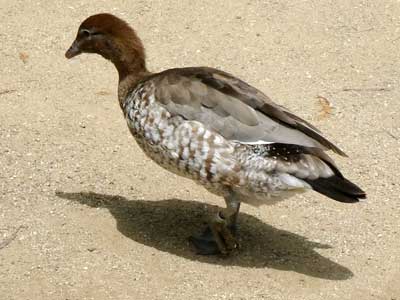
(right) Australian Wood Duck

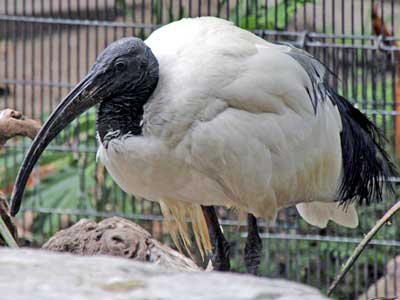
(right) Australian White Ibis
return • continue

